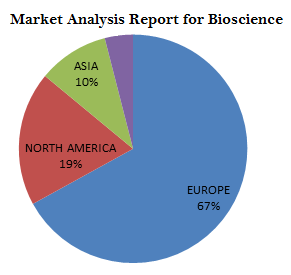Ayat Ibrahiem Esmaeel Al-laaeiby
University of Exeter, UK
Title: Molecular genetic study to determine the role of melanin biosynthesis genes in the survival of the human pathogen Lomentospora prolificans
Biography
Biography: Ayat Ibrahiem Esmaeel Al-laaeiby
Abstract
The dematiaceous (melanised) fungus Lomentospora (Scedosporium) prolificans is a life-threatening opportunistic pathogen of immunocompromised humans, resistant to anti-fungal drugs. Melanin has been shown to protect human pathogenic fungi against antifungal drugs, oxidative killing and environmental stresses. To determine the protective role of melanin in L. prolificans to oxidative killing (H2O2), UV radiation and the polyene anti-fungal drug amphotericin B, targeted gene disruption was used to generate mutants of the pathogen lacking the dihydroxynaphthalene (DHN)-melanin biosynthetic enzymes polyketide synthase (PKS1), tetrahydroxynapthalene reductase (4HNR) and scytalone dehydratase (SCD1). Infectious propagules (spores) of the wild-type strain 3.1 were black/brown, whereas spores of the PKS-deficient mutant ∆Lppks1::hph were white. Complementation of the albino mutant ∆Lppks1::hph restored the black-brown spore pigmentation, while the 4HNR-deficient mutant ∆Lp4hnr::hph and SCD-deficient mutant ∆Lpscd1::hph both produced orange-yellow spores. The mutants ∆Lppks1::hph and ∆Lp4hnr::hph showed significant reductions in spore survival following H2O2 treatment, while spores of ∆Lpscd1::hph and the ∆Lppks1::hph complemented strain ∆Lppks1::hph:PKS showed spore survivals similar to strain 3.1. Spores of the mutants ∆Lp4hnr::hph and ∆Lpscd1::hph and complemented strain ∆Lppks1::hph:PKS showed spore survivals similar to 3.1 following exposure to UV radiation, but survival of ∆Lppks1::hph spores was significantly reduced compared to the wild-type strain. Strain 3.1 and mutants ∆Lp4hnr::hph and ∆Lppks1::hph:PKS were resistant to amphotericin B while, paradoxically, the PKS1- and SCD1-deficient mutants showed significant increases in growth in the presence of the antifungal drug. Taken together, these results show that while melanin plays a protective role in the survival of the pathogen to oxidative killing and UV radiation, melanin does not contribute to its resistance to amphotericin B.

